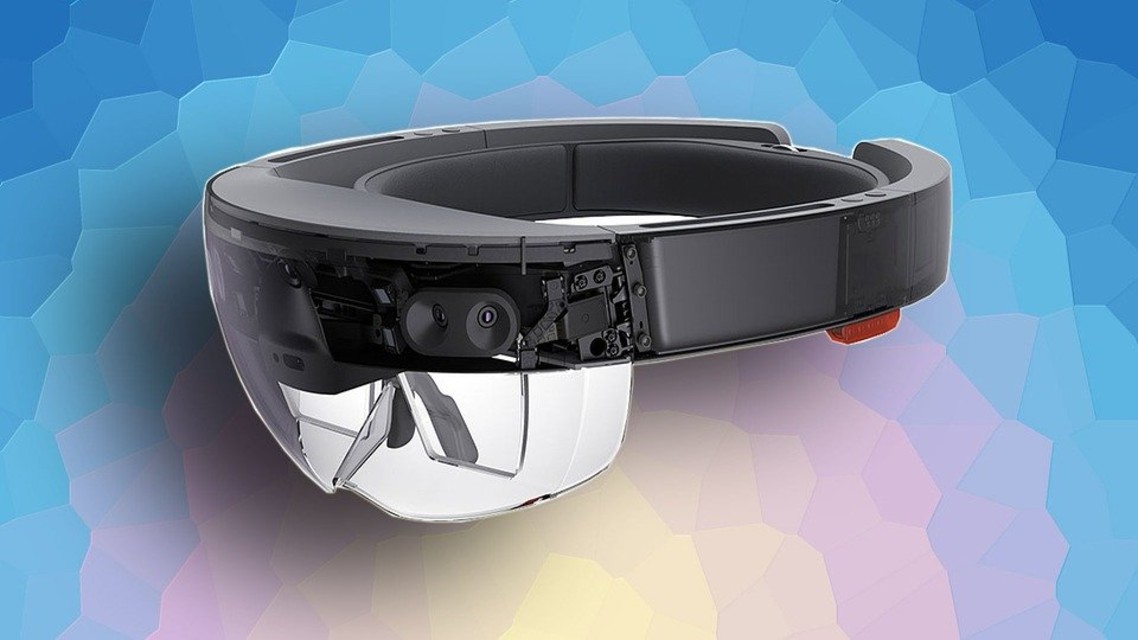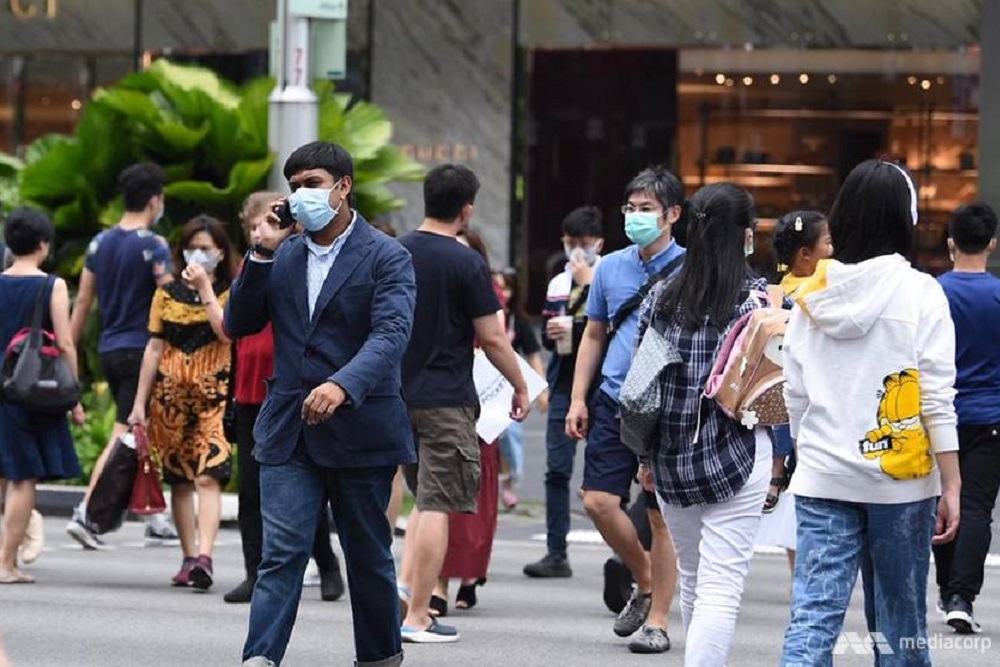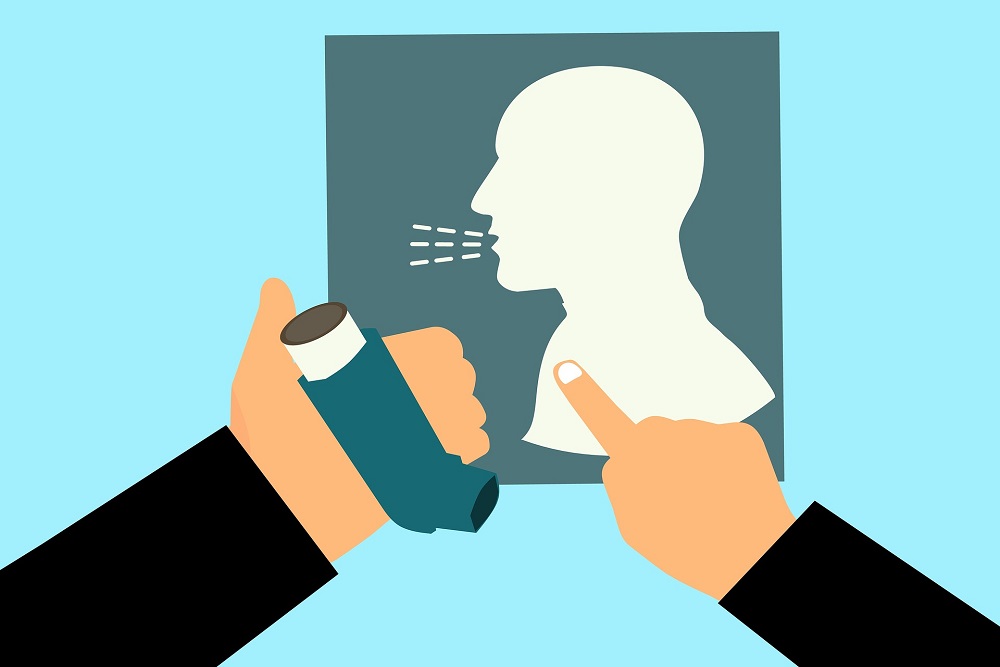Microsoft has developed a technology for the visually impaired using their HoloLens and algorithms developed by machine learning experts. The technology relays valuable information to users through audio.
A partnership project between Microsoft, researchers in the US, UK, China, India, and Japan was launched in 2016 in Tokyo. The researchers’ goal was to create a technology that would help over 285 million visually impaired people in the world. The project would also try to address the challenges faced by the 39 million population of blind people globally.
Using Microsoft HoloLens
The group of researchers was exploring technologies that could help the visually impaired to interact with the world around them. Four years after the project was started, it is a success, with the researchers successfully being able to integrate algorithms with augmented reality headsets.
The researchers made use of Microsoft’s HoloLens, which they integrated with algorithms that could relay important information about the wearers’ surroundings. This was the first breakthrough of the project that has proven to be very useful for the visually impaired and the blind.
Project inception
In a blog post published by Microsoft, the researchers were able to document their journey when in 2016, they set out from the UK with visually impaired people to attend the 2016 paralympic Games in Rio de Janeiro, Brazil.
The researchers observed how these people interacted with their surroundings, people around them and how they processed this information. The data collected was then submitted to machine learning experts in Tokyo, where they continued working on the project. The experts came up with algorithms that they integrated with the HoloLens.
Project success
The developed a technology which had an LED strip affixed above the HoloLens band of the cameras capable of tracking the person closest to the user and turn green when the said user has been identified.
The technology was able to detect items one meter away and make clicks that mirrored a 1 meter away object. In cases where it detected a familiar face, the technology was able to alert the user by calling their names out loud. It provided a sense of how far a person or an object is and also help the user in identifying these objects.
Featured image by Pixabay







